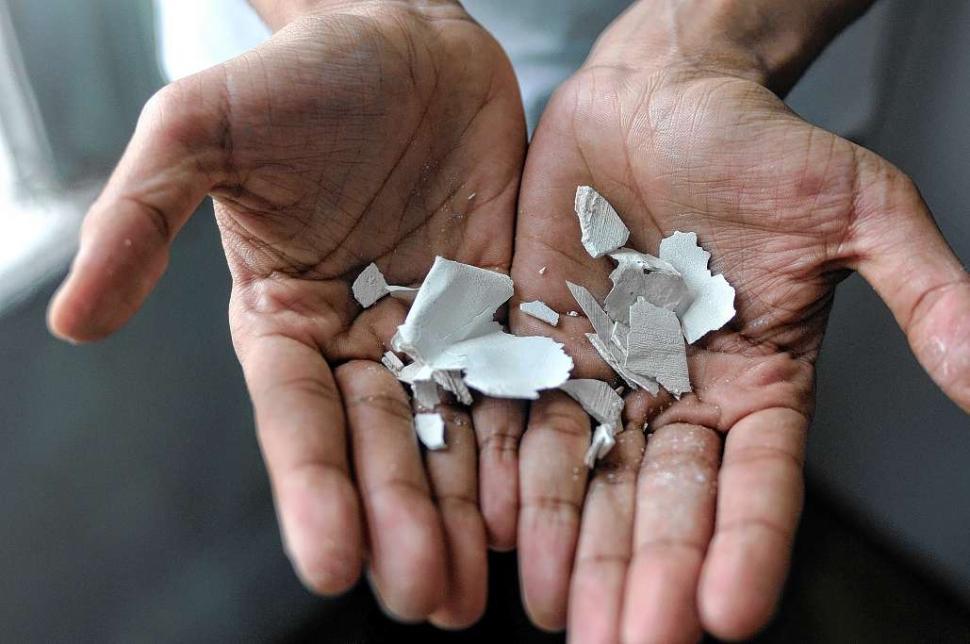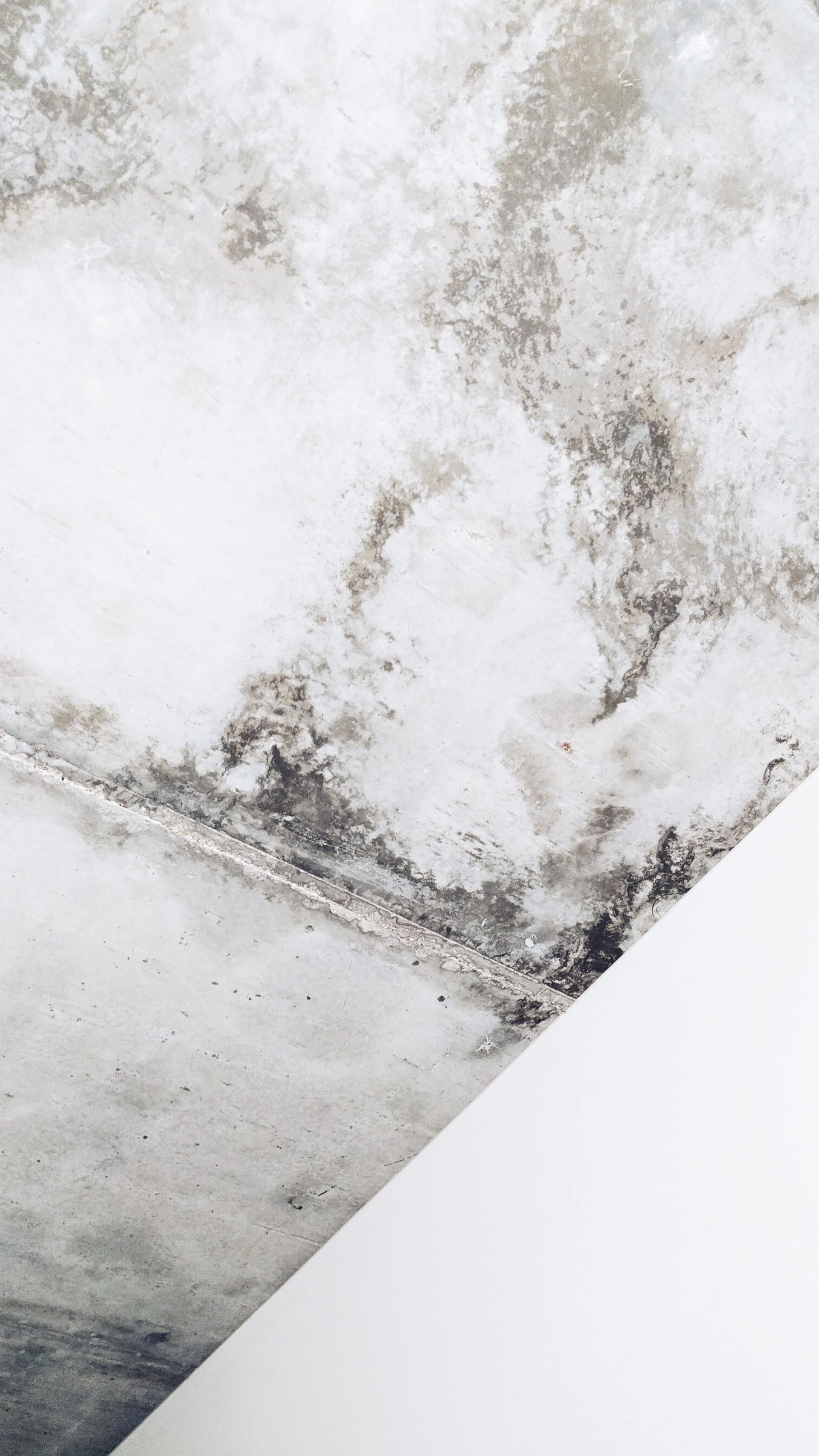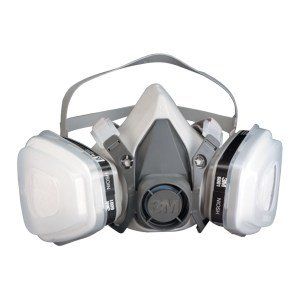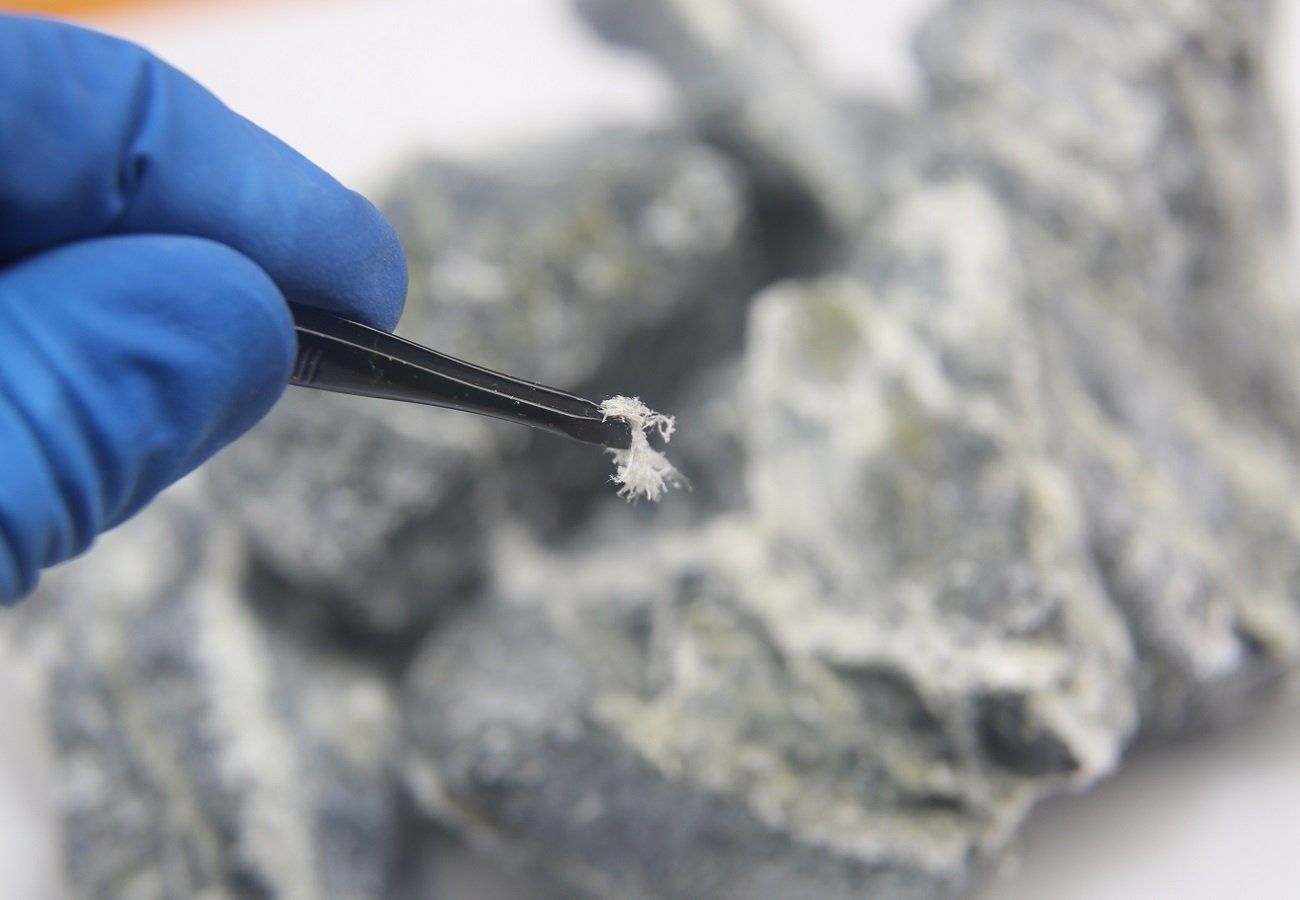FAQ’s about mold
MOLD TESTING
Testing for mold can be done through a variety of techniques such as air, surface, bulk or swab sampling to identify the presence of mold. At present there are no state or federal standards established for unsafe levels or types of mold.
There are over 1,000 different molds that have been identified indoors and the health effects of mold growth in homes are not well understood.
If testing for mold is done, it is critical to establish a sampling methodology to appropriately address the investigator’s hypothesis. This usually involves collecting control samples (such as outdoors) to compare to samples from the suspect area. For example, if the molds found indoors are different from molds outdoors, or if the levels of molds are significantly higher indoors from outdoors, this may suggest a potential indoor mold problem.
How much mold is too much?
Any mold growth in a building should be considered a problem because it
is damaging to building materials. In addition, it is safest to treat
any indoor mold growth as a “potential health hazard” which needs to be
corrected because there are no health standards for mold and the health
effects of mold are not well understood. Any amount or type of mold
should be removed and the moisture problem that allowed its’ growth
should be fixed.
Is there a “killer mold”?
Indoor molds are unlikely to be life threatening. Livestock have died from eating moldy feed and fungal infections can be fatal to humans, although this is rare. There is no specific mold that creates a life threatening situation by its mere presence.
Much concern was raised about the mold species Stachybotrys chartarum because it was found in homes of infants with an unusual “bleeding lung disease” in the Cleveland, Ohio area. Stachybotrys was labeled by the media as a “killer” mold because some of these infants died. Recently, however, the Centers for Disease Control (CDC) and other experts reviewed the investigations of the Cleveland case and concluded that an association between the exposures to mold and the illnesses was not proven.
Despite the recent focus on Stachybotrys, many kinds of mold may affect an individual’s health. Although healthy individuals are not likely to experience severe effects from small amounts of mold growing indoors, some people are more susceptible and hence, at greater risk than most of the population. It is generally prudent to assume that some people might experience problems when mold is allowed to grow unchecked indoors and the likelihood of health effects increases as the amount of mold or the duration of exposure increases.
I’ve been feeling sick lately. Is it from mold?
Some people are allergic to mold and some experience asthma symptoms in the presence of mold. Certain types of infections are caused by mold such as athlete’s foot. A few molds can cause infections (such as aspergillosis) in individuals with severely weakened immune systems, for example persons with to advanced HIV or cancer patients undergoing chemotherapy. Mold has been alleged to cause other health effects in some cases but these are not well understood.
If there is visible mold growth in your home it should be removed whether or not you are having health problems. It is important to keep an open mind and consider other possible causes of illness. As with any illness, you should see a physician to try and determine the cause of the symptoms.
What is causing the mold growth in my home?
Mold must have a source of moisture in order to grow. Some common moisture sources are:
Indoors
- Humidifiers
- Cooking and dishwashing
- Bathing / Showering
- Plumbing / Roof leaks
- House plants
- Firewood stored inside
- Unvented clothes dryer/indoor clothes line
- Improper venting of combustion appliances
- Occupancy load
Outdoors
- Flooding
- Rain or snowmelt
- Seasonal high humidity
- Ground moisture
- Wet building materials
The best way to identify a mold problem is to conduct a visual inspection and moisture investigation to identify the moisture sources.






